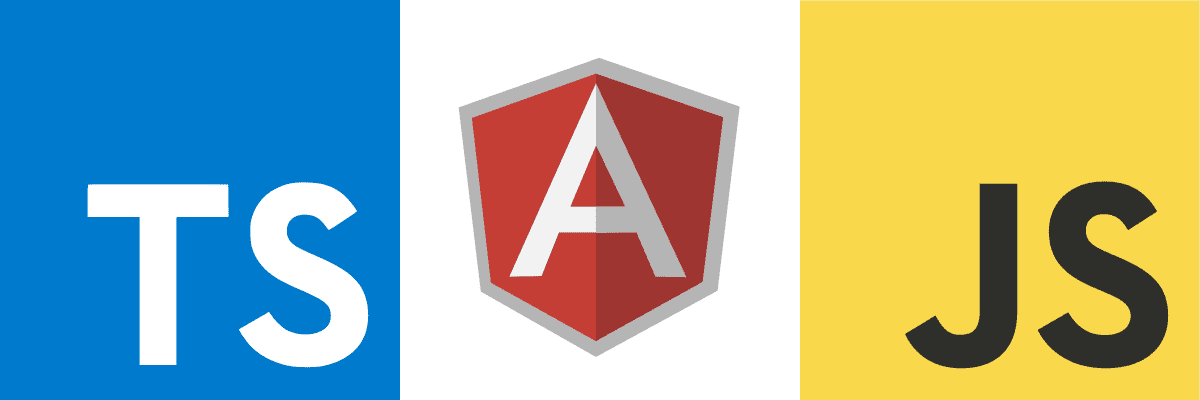Microsoft announced the first RC release of TypeScript, a simplified version of the JavaScript language, used by countless of projects on the Web, including the famous AngularJS framework.
The main feature included in TypeScript 2.x is tagged unions, which is the ability to join two different data structures. Imagine it like trying to add a circle to a square, a metaphor Microsoft used to explain tagged unions on its blog.
Languages that support tagged unions include C++, Scala, Microsoft’s F#, Mozilla’s Rust and Apple’s Swift. The reason to support tagged unions is to improve type safety and cut down the number of type errors that can often bog down developers.
In other JavaScript news… (Google Edition)
Google is taking its sweet time with AngularJS 2.0. While many people expected Google to release a stable version in the fall of 2015, we’re nearing the fall of 2016 and the library still ain’t ready.
But it’s close. Google announced today the release of Angular 2.0 RC6, with support for internationalization (i18n), more Forms features, and speed improvements thanks to Ahead of Time (AoT) compilation and support for ES6 2015 modules.
The company also announced version 1.1 of the Angular Material library, a package of UI components for AngularJS.
Angular Material 2.x is currently in alpha stage and will likely be released only after AngularJS 2.0 comes out. Currently, Angular Material 2.x has grown from six to 18 UI components.
But Google was not done. The company also announced Ignition, a component of the V8 JavaScript engine. While your regular Joe developer won’t probably interact with Ignition in his daily work, Ignition will be secretly embedded in all the project he uses, like Chromium and Node.js.
Google reports that Ignition compiles JavaScript functions to “concise bytecode,” which is between 50% to 25% the size of the equivalent baseline machine code.







